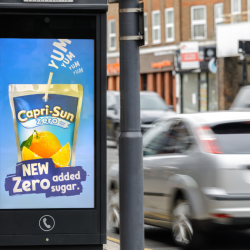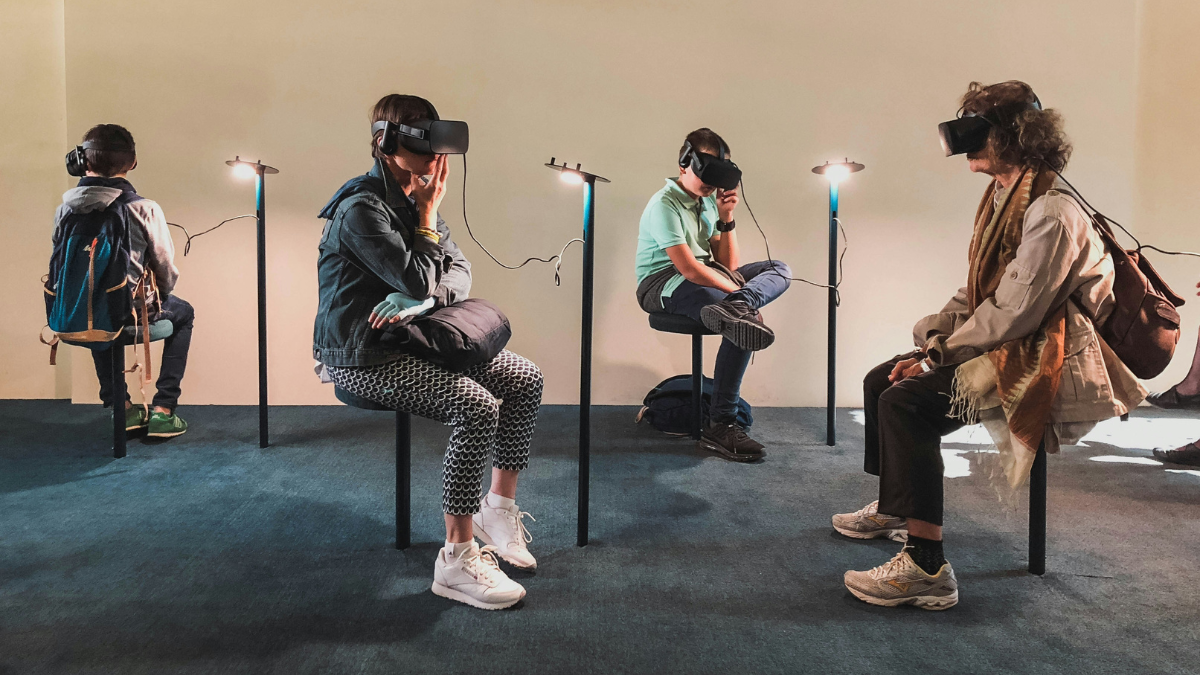Despite the uses of AI seemingly multiplying by the day, consumers remain wary of the world’s most buzzed about technology. Mintel’s recent Global Consumer Trends Report showed that 47% of UK consumers concerned about the increasing prominence of AI are specifically worried about having to interact with AI more than people. As a result, the report suggests there’ll be more appreciation for what makes humans unique, and a desire for real human connection within the customer experience.
Of course, AI will continue to be integral to the future of marketing and communications, it’s just that businesses need to learn to use it more effectively. From predicting user desires to creating ads that sell, here’s a few ways brands can use AI to give customers what they really want.
Proactive customer service
AI can help businesses succeed by uncovering pain points before customers even realise they exist. Think: chatbots making useful suggestions you weren’t aware you needed or pop-ups that solve problems you haven’t even encountered yet. In a bid to better understand their customers’ pain points, Fifth Third Bank utilised Enlighten AI by NICE. By analysing interactions between agent and customer, the application uncovered that roughly 100,000 monthly calls came from customers who were struggling to log into their online accounts. In response, the bank improved their website login experience, resulting in a significant decrease in call volume.
Tailored recommendations
Another AI benefit being capitalised on by tech savvy brands is hyper-personalisation. Consumer desire for tailored experiences is increasing, and over 50% of people surveyed by Acxiom said that they like when brands provide them with personalised product suggestions.
Leading the charge here is Netflix, with its extremely accurate viewing suggestions (I’ve personally yet to be served a suggested series by Netflix that hasn’t been right up my street). Using AI-driven algorithms Netflix analyses viewing history, preferences, and even the time of day that users are browsing to serve them with a bespoke list of movies and TV shows.
And, because the algorithm is constantly learning, the streaming giant continues to be able to provide users with content that is unique to their evolving tastes.
Increased conversions
It’s not just through snazzy consumer-facing benefits that AI is improving the customer experience though; AI powered CRM systems are actively changing the way that businesses work. By automating tasks like data entry, lead scoring and follow-up reminders, AI frees up time previously spent on manual tasks, enabling sales teams to re-focus that effort on nurturing leads and really getting to know their customers.
Zoom and Lyft use the AI platform People.ai to automate the capture of contact and customer data. Systems such as HubSpot and Salesforce also use AI to predict the leads with the highest likelihood of conversion, by combining data from past interactions, website interactions, and email responses to assign individual scores to leads. This enables sales teams to focus efforts on the leads with the highest chance of success, resulting in increased conversion rates.
AI-driven ads
Cast your mind back twelve months… it was nigh on impossible to scroll through LinkedIn without seeing multiple articles asking, ‘Is AI going to steal your job?’, with creatives in particular suffering from existential angst because of the threat from AI. But whilst the creative abilities of AI tools are wide-ranging, it’s recognised now that the output of an AI tool is only as good as the input; as with many things, you get out what you put in. In the case of advertising then, there is a space for AI, but not in the creative-generating way many feared last year.
Rather than having their jobs replaced, marketers and creatives can use AI to enhance their advertising efforts and increase ROI. One way to do this is to use AI to create ad variations. This could be done on a small scale, such as using AI to create multiple ad sizes and formats once final creative has been approved, minimising design time to increase project efficiency and reduce costs. Alternatively, it could be used to quickly mock up multiple colourways, or image styles to aid creative decision-making.
Further, AI can optimise campaigns by focusing resources on the most effective variations, increasing the likelihood of conversion and maximising ROI. At Stagwell AI is used for everything, from helping with pitch creation to producing storyboards. Last year Brandtech Group acquired Pencil, a platform that uses generative AI to predict the kinds of ads that might work for a brand. Meanwhile, Huge uses the AI tool Creative Capital Index, with the aim of optimising internal creativity.
Whatever your stance on AI, it’s clear that, when used properly, it can be an indispensable tool for marketers
The key is for brands to use this technology to solve their own specific challenges. Sales team too stuck in the weeds of lead scoring to spend time building customer relationships? Why not look at ways AI can help you better utilise your CRM.
It is the dizzying potential of AI that makes it feel overwhelming and, frankly, intimidating both for consumers and brands. Of course, it will take time for brands to understand exactly how AI can help overcome their specific business challenges, meet their objectives, and identify new targets. However, as these goals are achieved, consumers won’t know where human interaction ends, and the AI interaction begins.
Getting AI right means it will be invisible most of the time while making the customer journey as smooth and friction-free as possible.
Featured image: Google Deepmind / Pexels































